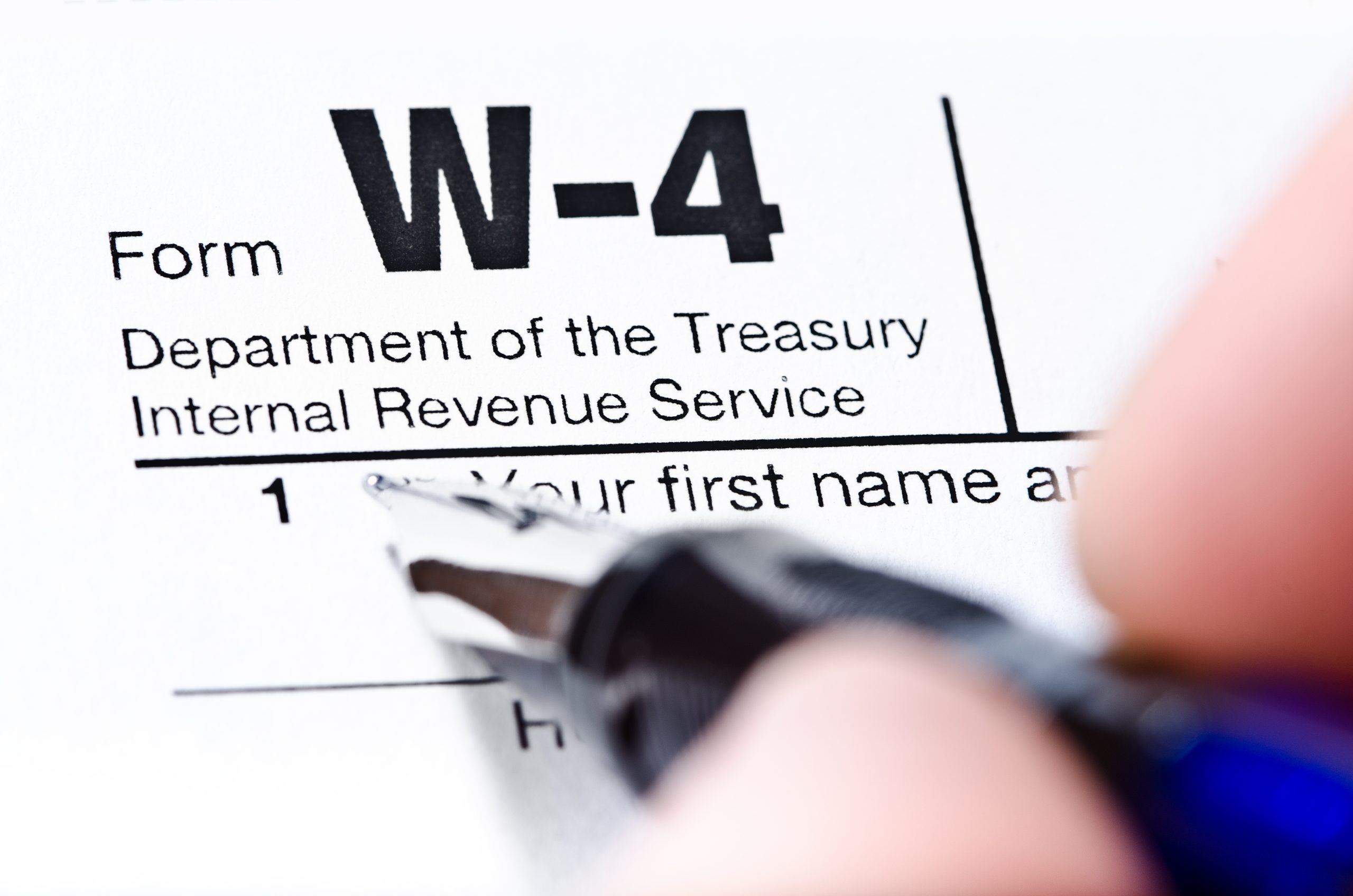James Eric Bankston v. Jennifer S. Mattingly, No. 2021-CA-1490-MR
Marion Circuit Court
Mom and Dad, joint custodians of one child, disagreed on who should be permitted to claim Child for tax purposes. Dad – who had a significantly higher income than Mom – motioned the Circuit Court to claim Child each year pursuant to 26 U.S.C. § 152. Mom requested that she be able to claim Child during the years she was unable to claim her older child (not Dad’s) as a dependent. The Circuit Court, relying on Adams-Smyrichinsky v. Smyrichinsky, 467 S.W.3d 767, 781 (Ky. 2015), held that it was required to allocate the tax credit such that the financial benefit to Child was maximized. The Circuit Court found that if Dad did not claim Child, his refund would be $4,073 less; if Mom did not claim Child, her refund would be $4,347 less. Thus, the Circuit Court held that because Mom and Dad were joint custodians exercising equal timesharing, and the consequence for not claiming Child was similar for each parent, it was proper for Dad to claim Child while Mom could still claim her older child and when the older child aged out, then Mom could claim Child. Dad appealed and the Appeals Court reversed the Circuit Court’s ruling.
After determining that 26 U.S.C. § 152(c)(4)(B)(ii) applied because Child was in the custody of each parent for half of the year, it followed the federal tax code’s direction that the parent with the highest adjusted gross income (AGI) shall claim Child, and ordered that Dad be able to claim Child until such a time that Mom’s AGI surpassed Dad’s. The Appeals Court noted that in any case, the noncustodial parent (the parent with the lower AGI) may claim a child if the custodial parent (the parent with the higher AGI) signs a written declaration that they will not claim the child as a dependent for that taxable year and the noncustodial parent attaches that declaration to their own return for that year. Ultimately, the Appeals Court instructed that it is the federal tax code which allocates the deduction – not Adams-Smyrichinsky, and thus, the federal rule allocating the benefit to the parent with the higher AGI governs. However, the Appeals Court noted that a circuit court may look beyond the federal tax code rule and order that the parent with the lower AGI claim the child only if there are extraordinary reasons outside of fairness or mathematical equity between the parties that compel a deviation from the normal IRS rules. In citing the reason for deviation, a ruling should also explain why awarding the exemption to the noncustodial parent benefits the child and thus affects the child’s support. In all other cases, a circuit court should presume that the IRS rules apply.
In this case, the Circuit Court did not discuss how the money saved by claiming Child in a particular parent’s household would actually benefit Child, and by failing to state a reasonable nexus in assigning the exemption to Mom, it abused its discretion.
Carter Anderson




